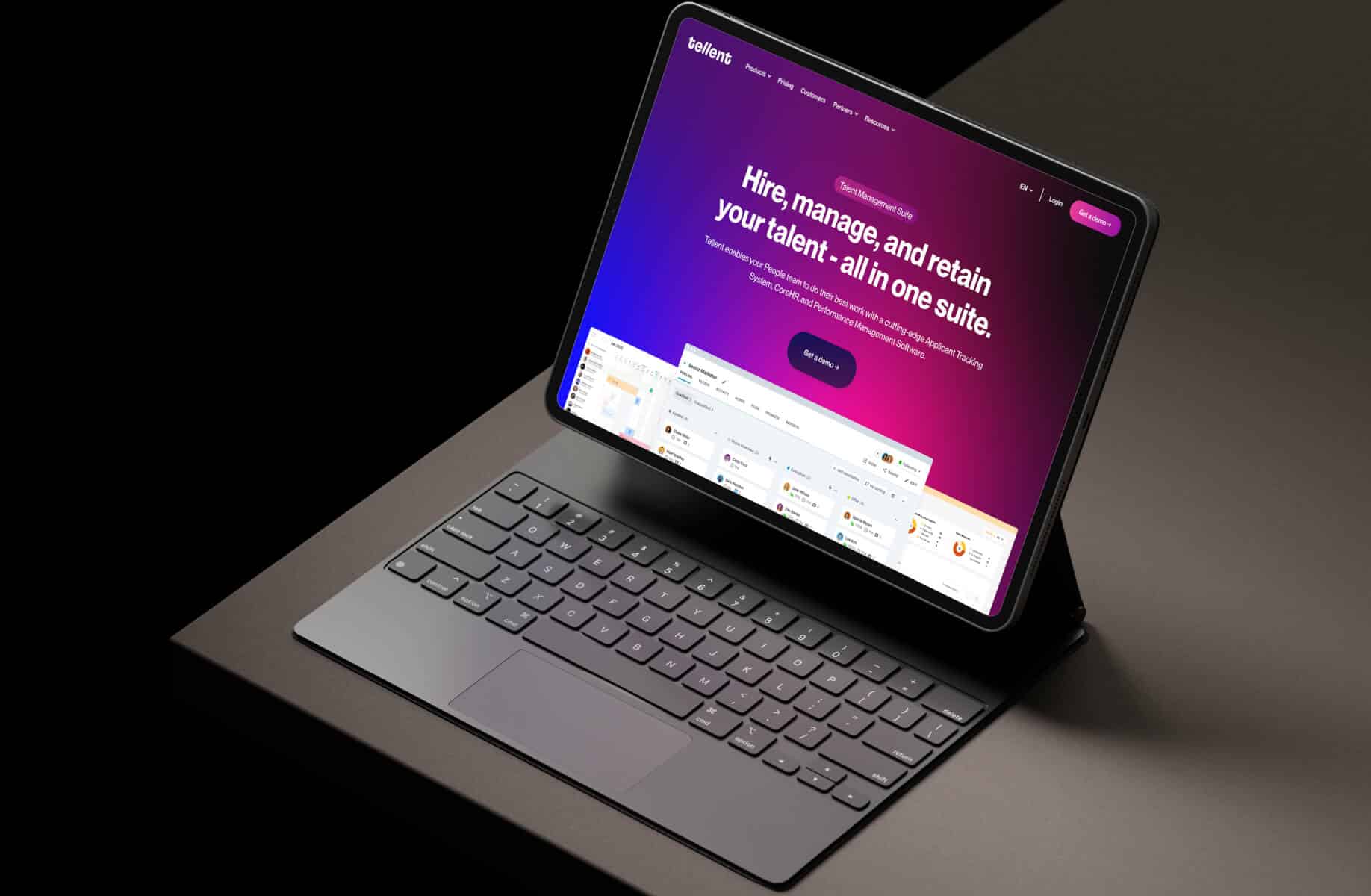Solutions for Web Application Security: A Comprehensive Exploration of the OWASP Top Ten

In the fast-paced world of web development, security remains a main concern. The OWASP Top Tens strategies provide a critical blueprint for identifying and mitigating the most pressing security vulnerabilities. This guide offers a comprehensive overview, practical mitigation strategies, and an SEO-optimized approach for developers and entrepreneurs aiming to enhance their web security posture.
Introduction to the OWASP Top Ten
The OWASP Top Ten is the go-to resource for web application security. It outlines the ten most critical web application security risks, serving as a guide for developers and security professionals alike. Embracing the OWASP Top Ten not only helps in securing your digital assets but also aligns your security initiatives with global best practices.
Essential Security Risks and Mitigation web vulnerabilities
- Prevent Injection Flaws: Injection flaws such as SQL injection can be devastating. Mitigation involves employing parameterized queries and ORM frameworks.
- Strengthen Authentication: Addressing broken authentication requires implementing multi-factor authentication and securing session management to protect against unauthorized access.
- Guard Sensitive Data: To prevent sensitive data exposure, encryption both at rest and in transit is critical, alongside minimizing the amount of processed data.
- Mitigate XXE Risks: Addressing XML External Entities (XXE) vulnerabilities involves using simpler data formats like JSON and keeping libraries up-to-date.
- Enforce Access Control: Broken access control can be mitigated by applying the principle of least privilege and ensuring consistent enforcement across your application.
- Avoid Security Misconfigurations: Regular configuration reviews and a systematic hardening process are essential to prevent security misconfigurations.
- Protect Against XSS: Cross-Site Scripting (XSS) vulnerabilities can be mitigated by using frameworks that escape XSS by design and implementing Content Security Policy (CSP).
- Secure Deserialization Processes: To prevent insecure deserialization, avoid serializing sensitive data and use integrity checks.
- Update and Patch Components: Using components with known vulnerabilities demands keeping all components up-to-date and employing software composition analysis tools.
- Implement Robust Logging and Monitoring: Insufficient logging and monitoring can be addressed by ensuring comprehensive logging of activities and regular monitoring for suspicious behavior.
When integrating WordPress with the principles of the OWASP Top Ten to enhance web application security, it’s essential to understand how the specific vulnerabilities identified within WordPress plugins and themes align with common web security risks. The OWASP Top Ten provides a framework for understanding and mitigating these risks, offering valuable insights for securing WordPress sites.
Emphasizing Secure Coding Practices
The OWASP Top Ten advocates for secure coding practices, including the importance of guarding against SQL Injection (SQLi) and ensuring sensitive data is adequately protected. In WordPress, plugins and themes often interact with the database, making them potential targets for SQLi attacks. Developers should use WordPress’s built-in functions, such as $wpdb->prepare(), for any database queries to mitigate this risk effectively. This approach aligns with the OWASP recommendation of using prepared statements and parameterized queries to prevent SQLi.
Enhancing WordPress Logging Capabilities
Monitoring and logging are crucial for detecting potential security incidents, a key area of focus in the OWASP Top Ten. By enhancing WordPress logging capabilities, site administrators can gain better insight into suspicious activities, enabling quicker incident response. WordPress plugins like WP Security Audit Log can provide a more detailed logging system, tracking user actions, login attempts, and system changes, which are essential for a comprehensive security posture.
Prioritizing Vulnerability Disclosure
The issuance of Common Vulnerabilities and Exposures (CVEs) for identified vulnerabilities is a practice supported by OWASP to promote transparency and community awareness. For WordPress plugin and theme developers, actively maintaining their products and disclosing vulnerabilities through proper channels, such as the WordPress Vulnerability Database or directly to the WordPress.org Plugin Team, is crucial. This practice not only helps protect users by informing them of potential risks but also contributes to the overall security of the WordPress ecosystem.
Adopting OWASP Recommendations within WordPress
To further secure WordPress websites, adopting additional OWASP recommendations—such as ensuring secure session management, implementing access control measures, and protecting against cross-site scripting (XSS)—is essential. WordPress site administrators can leverage security plugins that offer features aligning with these OWASP principles, including firewall protection, malware scanning, and more.
Continuous Learning and Improvement security of web applications
The landscape of web security is ever-changing, and continuous learning is vital. WordPress developers and site owners should stay informed about the latest security trends and OWASP updates. Participating in WordPress and web security communities, attending relevant webinars, and following security blogs are excellent ways to keep up with new vulnerabilities and defense strategies.
Integrating OWASP Top Ten principles into WordPress site development and maintenance is an effective way to enhance web application security. By understanding the common vulnerabilities and implementing recommended mitigation strategies, developers and site owners can significantly reduce the risk of security breaches and protect sensitive data.
Conclusion
Adhering to the OWASP Top Ten is foundational for securing web applications. By implementing the recommended security practices, developers and businesses can significantly reduce their vulnerability to cyber threats. Continuous learning and proactive security measures are crucial for navigating the complex landscape of web security.
For the latest insights and detailed guidance, visit the OWASP Top Ten project page.
